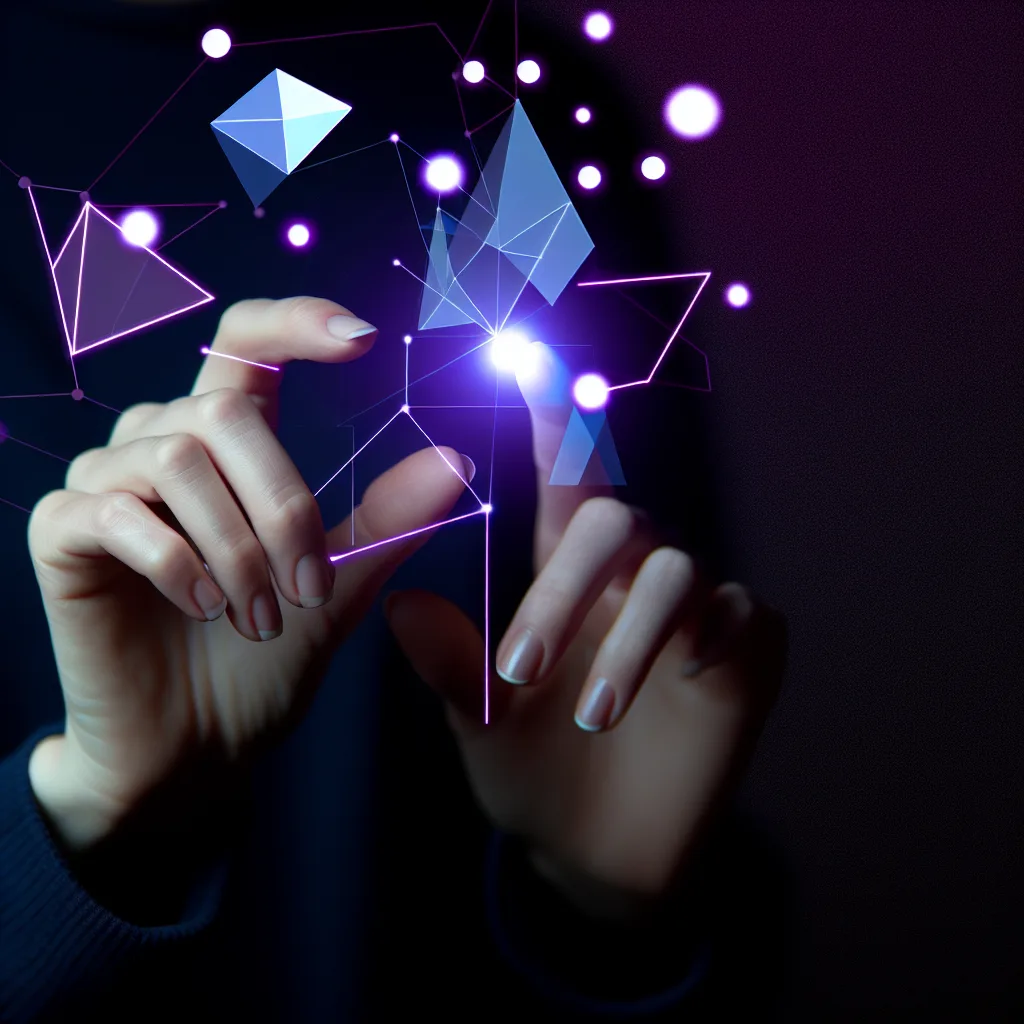Is it a helpful tool or a creative threat? Let’s figure it out.
I keep seeing the question pop up in forums and chats: what’s the deal with AI for motion graphics? Is it a good thing? A threat? Or just another overhyped tool we’ll forget about in a year?
If you’re a video editor or motion designer, you’ve probably been wondering the same thing. The conversation around AI can get pretty loud, and it’s tough to know what to think. Is it going to take our jobs, or is it a powerful new paintbrush we can add to our collection?
After diving in and playing with some of these tools myself, I think the answer is somewhere in the middle. It’s not a magic button, but it’s definitely not something to ignore. Let’s break down what it actually means for our day-to-day work.
How AI for Motion Graphics is Actually Being Used
Instead of thinking of AI as a single, scary thing, it’s more helpful to see it as a set of specialized assistants. Each one is good at a specific, often tedious, task. Right now, most of the practical uses fall into a few buckets.
- Automating the Grunt Work: Think about the most boring parts of your job. For me, it’s rotoscoping and masking. Tools like Adobe After Effects’ Roto Brush have been using AI for a while to make this process faster. It’s not always perfect, but it can turn hours of clicking into minutes of refining. This is where AI shines—as a massive time-saver on tasks that require precision but not a ton of creativity.
- Idea Generation and Storyboarding: Ever get stuck staring at a blank canvas? AI image generators can be incredible brainstorming partners. You can feed them a concept, a color palette, or a vague idea and get dozens of visual starting points in seconds. It’s not about taking the final image and using it directly (though you can), but more about breaking through creative blocks and exploring possibilities you might not have considered.
-
Creating Assets and Textures: Need a unique background texture? Or a specific type of abstract element to composite into a scene? Instead of digging through stock asset sites, you can often generate something unique with AI. This gives you more control and helps create a visual style that is truly your own.
Getting Started with AI for Motion Graphics
So, where do you even begin? The good news is you don’t need to be a programmer to start experimenting. Many of the tools are built right into the software you already use or are available through user-friendly web platforms.
My advice? Just start playing. Don’t go in with the pressure of a client project. Set aside an hour to just mess around and see what happens.
Here are a few places to start:
- Adobe Sensei: If you use Adobe products, you’re already using AI. Features like Content-Aware Fill for Video in After Effects or the new Generative Fill in Photoshop are powered by their Sensei AI. Explore the tools you already have! Check out the official Adobe Sensei page to see what it can do.
-
RunwayML: This is a browser-based platform that’s packed with AI magic tricks for video. You can do everything from removing backgrounds in videos automatically (Gen-1) to generating entirely new video clips from text prompts (Gen-2). It’s a fantastic playground for seeing what’s possible. You can learn more at the RunwayML website.
-
Topaz Labs: Their suite of tools, like Video AI, is amazing for upscaling, de-noising, and stabilizing footage. It can rescue shots you thought were unusable, which is a huge benefit in post-production.
The Big Question: Is It Cheating?
Let’s be real for a second. There’s a fear that using AI is somehow “cheating” or that it devalues the craft. I get it. But I think that’s the wrong way to look at it.
Nobody calls a photographer a cheater for using autofocus. Nobody says a digital painter is cheating for using a Wacom tablet instead of real paint. These are all tools that help us realize our creative vision more efficiently.
AI for motion graphics is no different. The AI doesn’t have the idea. It doesn’t understand the client’s brief, the emotional arc of the story, or the principles of design. That’s still our job. The creative direction, the taste, and the final decision-making power remain firmly in the hands of the artist.
The artists who thrive will be the ones who learn how to direct these tools to get the results they want. It’s a new skill, for sure, but it’s built on the foundation of design knowledge we already have. It’s less about replacing artists and more about giving them a ridiculously powerful assistant. What you do with it is still up to you.
